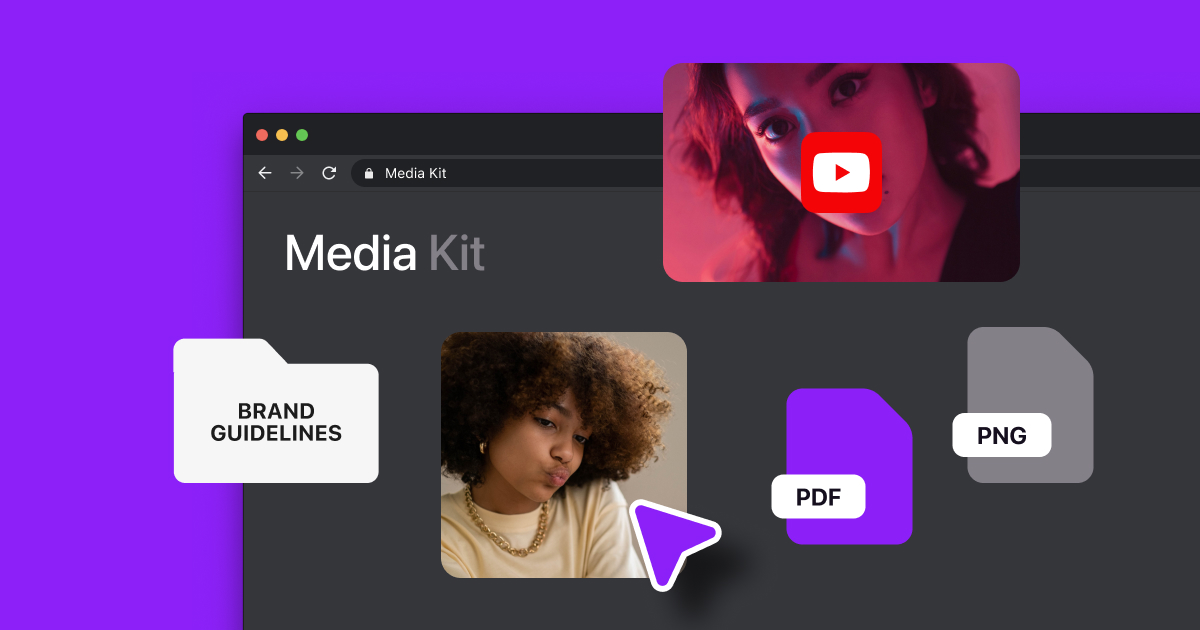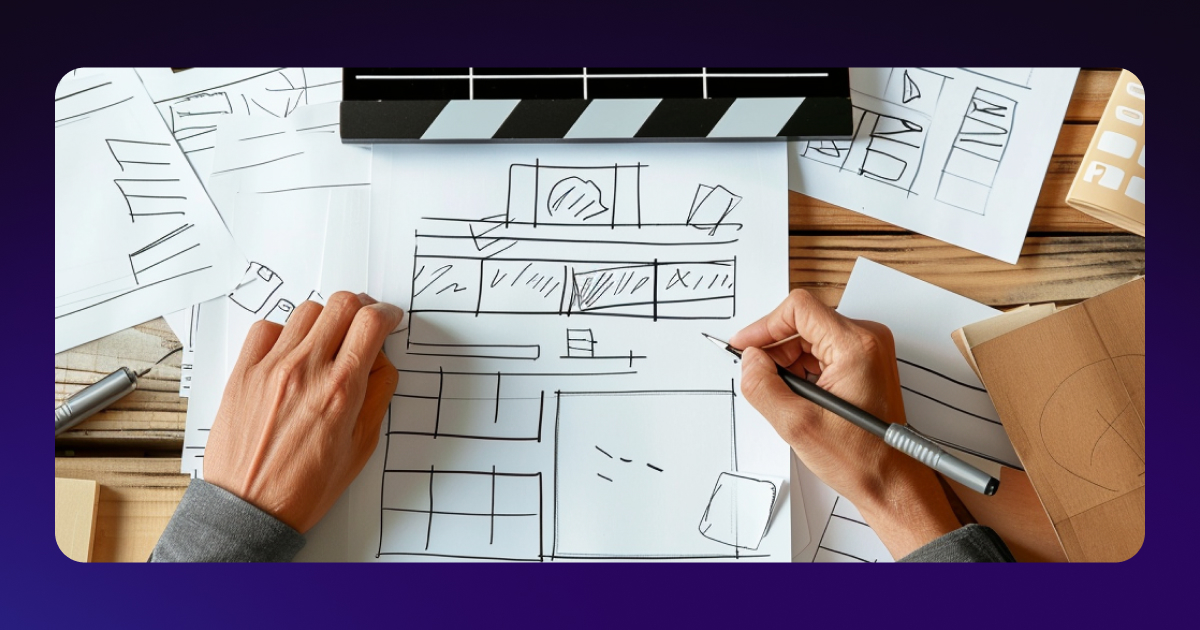As a content creator, adding captions to your videos is a great way to show you care for your entire audience. No matter who’s watching — from those who are hard of hearing to viewers watching on silent in a busy room — adding captions makes understanding your content easy.
Unfortunately, not all platforms offer closed captions, which are often automatically generated by the platform. Users can choose to turn closed captions on or off to suit their preference. If they aren’t offered, you might have to add open captions — which can’t be turned off — to your content in the editing process.
Both are great options to improve the quality and accessibility of your content, so here’s everything you need to know, including the pros and cons, about closed captions versus open captions.
What Are Captions?
Captions are text that appears on a video — like a social media clip, TV show, or movie — that show transcriptions of the audio. Some captions just transcribe what the person or people on-screen are saying, while others also cue viewers in to sounds or other aspects of the audio, like “Bang!” or “Upbeat music playing.”
You might think of captions as subtitles, but there’s one major difference: Subtitles are meant to represent dialogue, especially for audience members who don’t speak the language of the content. Captions are meant to describe what happens, including sound effects or music, for those who can’t hear the content.
The Difference Between Closed and Open Captions
As we mentioned above, there are two primary types of captions: closed and open. Both appear as overlays on a video, usually in a text color that’s easy to read against the background.
What’s Closed Caption?
Closed captions are text on videos that a viewer can turn off. If someone is watching videos in a public place and doesn’t want to disturb others, they might turn on closed captions to follow along on silent. Regardless of why you turn on the captions, the ability to turn them on and off as needed is what makes them “Closed.”
What Does Open Caption Mean?
Open captions are burned onto a video, which means they always appear and viewers cannot turn them off. Even if people choose to watch a video with the sound on, they’ll still see the captions.
Think of a movie where there’s dialogue in another language. The translation might be in subtitles across the bottom of the screen, and you can’t turn them off because those open captions are part of the film. You might also see open captions on platforms like TikTok or Instagram, where creators add captions of what they’re saying to the video in the editing process.
More on Open Captions
Open captions are popular in social media clips to ensure more audience members can understand the content. Although most platforms offer a closed captioning feature, many content creators add them to their videos to ensure the captions are accurate and always appear.
The Benefits of Open Captions
Using open captions is crucial for accessibility. Since they’re always on videos, viewers who want or need to watch content with this accompanying text never have to worry about figuring out how to turn on captions. They can just start watching.
Plus, if the closed captions are automatically generated by the platform, there’s a chance there are sections of a video where the audio is inaudible or unclear, leaving gaps in the content. Using open captions ensures you’ve added every word or phrase to improve clarity.
Thanks to the inclusivity of open captions, you may be able to expand your audience. Viewers who watch content with the sound off won’t scroll past your videos because they can’t understand what’s going on without the audio.
Drawbacks of Open Captions
The primary drawback of open captions is that they block part of the image because they’re always on the video. Luckily, you can ensure open captions don’t cover any essential visual information when you add them in editing.
Open Captioning Examples
There are two primary spaces in which you may encounter open captions: social media and movies in or including a foreign language.
On TikTok or Instagram, you’ve probably seen videos where creators have captions in the corner of their videos to match their audio.
Open captions also appear frequently in films with multiple languages. If there’s a scene in an English movie where characters start speaking in French, the subtitles that appear at the bottom will be open captions with translations of the dialogue.

More on Closed Captions
Closed captions also help ensure that a diverse audience of viewers gets to enjoy the content. The only difference is that, unlike open captions, people can toggle this text on and off as they please.
Benefits of Closed Captions
Flexibility is the primary benefit of closed captions, as they allow viewers to decide how they watch content: text on or off. That makes closed captions excellent for video and TV content that reaches an audience with different viewing preferences.
Drawbacks of Closed Captions
The drawback of closed captions is that viewers who want to turn them on or off must perform an extra step before watching a video. They must find this option on their TV or within an app.
Closed Captioning Examples
Closed captioning is excellent for YouTube, TV shows, or films. Before viewers invest in watching this longer-form content, they can take the time to turn on or off captions as they please.

FAQs
Become a pro at correctly captioning your work for a broad audience by brushing up on your knowledge with the following FAQs.
Do Open and Closed Captions Look the Same?
When you add open captions to a video using an application like Captions, you choose the look, size, and style of lettering. This lets you make an aesthetic choice to reinforce your brand identity. With closed captions, however, an application or device (like a TV) will often determine how the text appears.
How Are Captions Different From Subtitles?
Subtitles provide a translation of the audio in a video, whereas captions are a transcription of the audio and video content in the same language. With Captions’ video editor, you can automatically add captions or subtitles. Captions’ AI tools do all the work.
What Are Real-Time Closed Captions?
Real-time captions, frequently used on live TV shows like the news, instantly transcribe the audio on screen. This type of closed captioning makes live shows accessible to all viewers instantly.
Make More Inclusive Videos With Captions
Platforms offering closed captions make video content way more accessible for users of all types — but when you aren’t sure if you can rely on a platform’s transcriptions, you can take control by adding your own open captions.
Use Captions’ editing tools to automatically caption, subtitle, and even dub your content, from Instagram Reels to YouTube shorts and beyond. You can even use AI tools to remove background noise and awkward pauses for high-quality audio.









